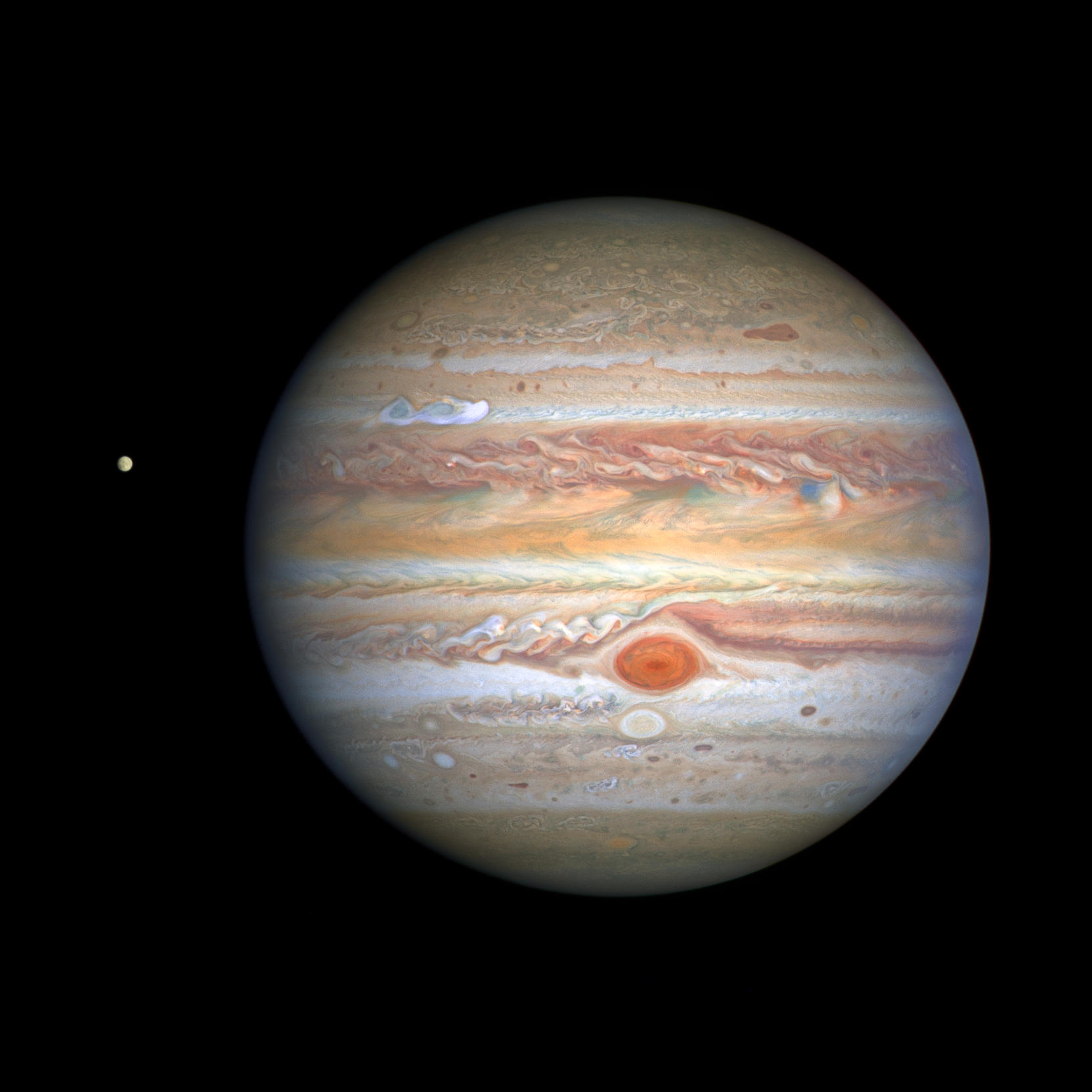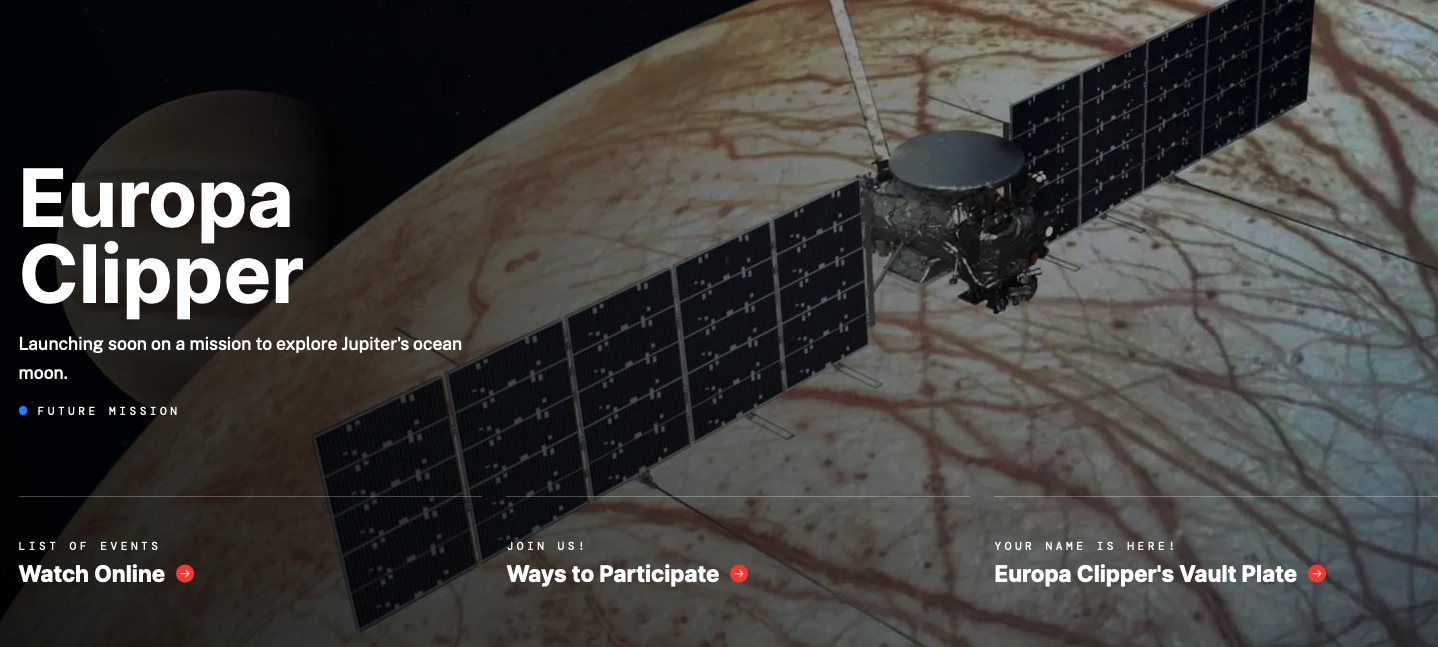Europa Clipper Mission to Jupiter And Europa
NASA’s Europa Clipper Mission to Jupiter and Europa will launch aboard a SpaceX Falcon Heavy booster from Launch Complex 39A at Kennedy Space Center, Thursday, October 10th.
Europa Clipper is the first NASA spacecraft dedicated to studying an ocean world beyond Earth. It aims to find out if the ice-encased moon Europa could be habitable. In terms of mass and size, it is the largest the agency has ever built for a planetary mission, with the Cassini-Huygens mission to Saturn and Titan a close second. Cassini went out in a blaze of glory as it burned up in Saturn’s Atmosphere 7 years ago this month, transmitting its final images and data up to the last millisecond of its operational life.
It’s a long Way to Jupiter
Jupiter is on average about 770 million kilometers from Earth; both planets are in motion, and a spacecraft can carry only a limited amount of fuel. Mission planners are sending Europa Clipper past Mars and then Earth, using the planets’ gravity as a slingshot to add speed to the spacecraft. After journeying about 2.9 billion kilometers in over 5½ years, the spacecraft will fire its breaking thrusters to enter Jovian Orbit in 2030.
Kennedy Space Center Images
For Teachers and Kids
Calling All Kids: Explore Europa Through Art
Europa on YouTube
Featured Image
Hubble Space Telescope image of Jupiter and Europa, August 25, 2020 when the planet was 650 million Km from Earth. Details inside the Great Red Spot along with various other cyclonic storms and details are plainly visible. Note the mottling in the northern and southern hemispheres, details familiar to amateur astronomers with large aperture telescopes. These details are breathtaking during moments of good seeing and atmospheric quiescence.

Image size: 5.2 Mb, 1663×1663 (2k resolution). Europa’s disc is plainly visible, complete with markings and striations.




